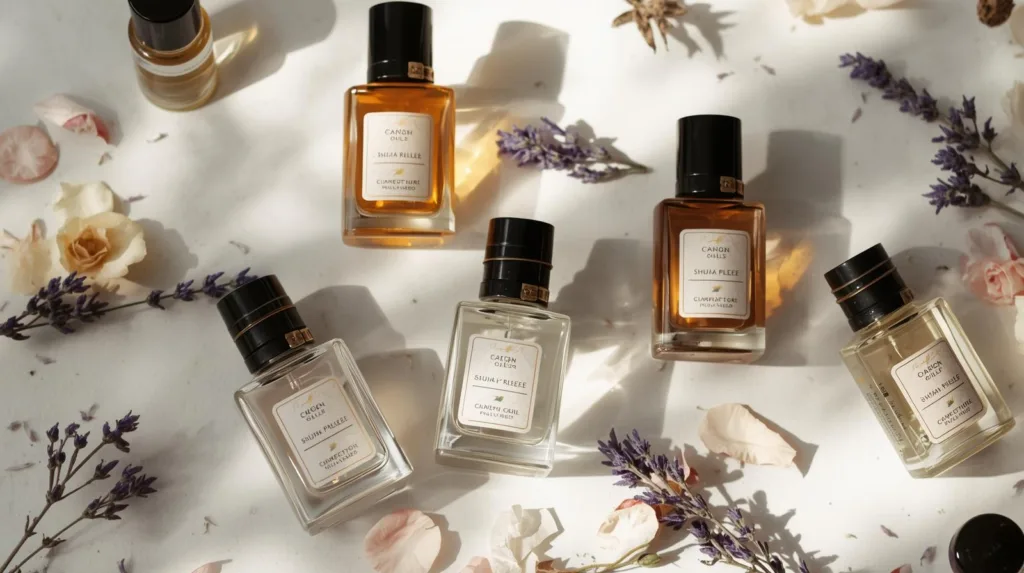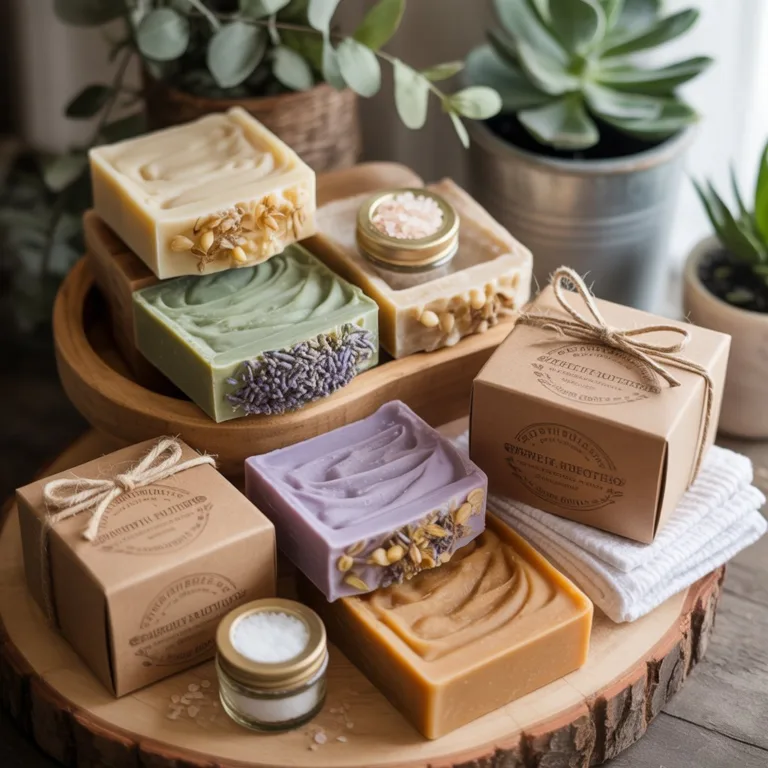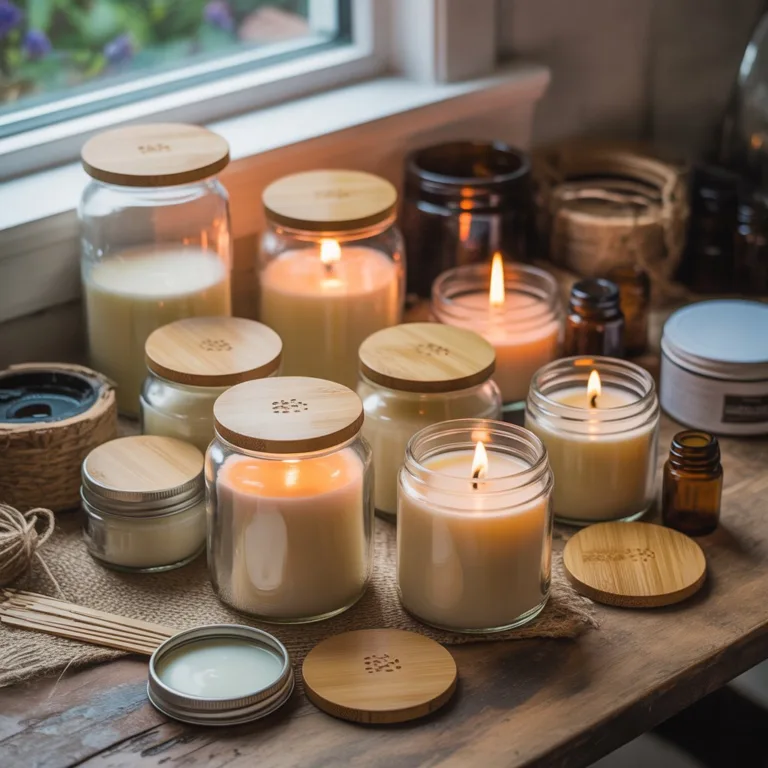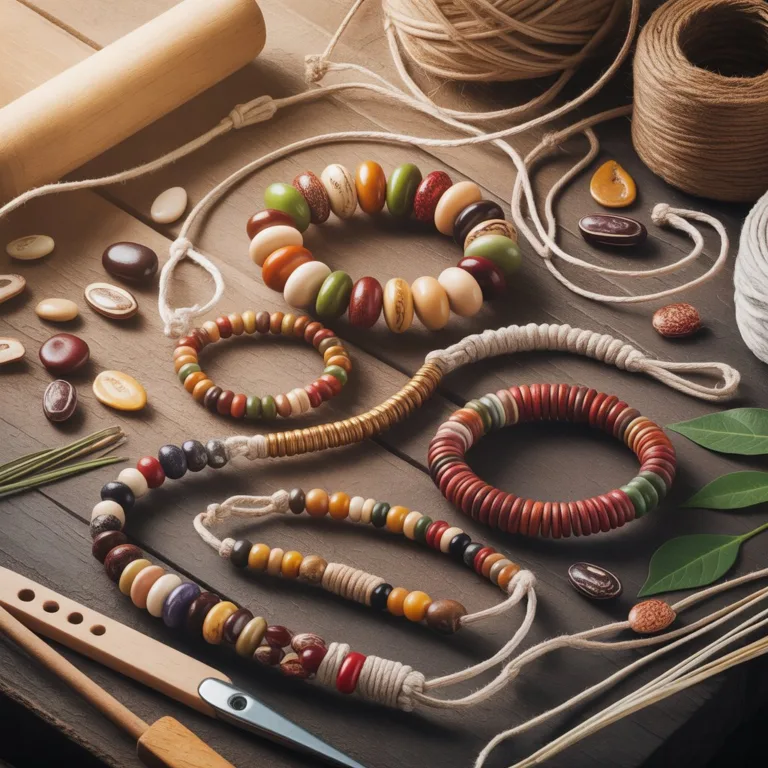Creating natural perfumes with essential oils is a sustainable and rewarding way to enjoy unique scents without relying on synthetic chemicals. Unlike commercial perfumes, which often contain artificial fragrances, alcohol, and preservatives, natural blends offer a safer and environmentally friendly alternative. Using essential oils, you can craft personalized aromas that reflect your mood, personality, and lifestyle while embracing eco-conscious practices.

Natural perfumes also allow you to explore the therapeutic benefits of aromatherapy. Certain essential oils can reduce stress, enhance mood, and even improve sleep quality. By experimenting with blends, you not only develop a signature scent but also promote well-being for both yourself and the environment.
Understanding Essential Oils
Essential oils are highly concentrated plant extracts, capturing the natural scent, therapeutic properties, and vitality of flowers, herbs, fruits, and spices. Each oil has unique characteristics that make it suitable for specific blends:
- Lavender: Calming and soothing, ideal for stress relief and relaxation.
- Rose: Romantic, uplifting, and perfect for floral perfume blends.
- Citrus Oils: Lemon, orange, or grapefruit, energizing and refreshing.
- Sandalwood: Warm, grounding, and commonly used as a base note in perfumes.
- Peppermint: Invigorating, stimulating the senses and adding a crisp touch.
- Jasmine: Exotic and sensual, often paired with floral or citrus oils.
Understanding the properties of each oil helps in crafting a balanced perfume with top, middle, and base notes that evolve beautifully over time.
The Basics of Perfume Notes
Every perfume is composed of three layers: top, middle (heart), and base notes. Each layer plays a specific role in the scent’s evolution:
- Top Notes: The initial scent perceived, usually light and refreshing, like citrus or mint.
- Middle Notes: The core of the perfume, emerging after top notes dissipate, such as floral or herbal oils.
- Base Notes: Provide depth and longevity, often heavier scents like sandalwood, vanilla, or patchouli.
When blending, it’s important to balance these layers to create a harmonious and long-lasting fragrance.
Materials Needed for Natural Perfume Making
Creating natural perfumes is simple with the right materials. For a basic blend, you will need:
- Essential Oils: Choose at least one top, middle, and base note.
- Carrier Oils: Such as jojoba, fractionated coconut, or sweet almond oil to dilute essential oils safely.
- Glass Bottles: Dark amber or cobalt blue bottles protect oils from light and extend shelf life.
- Pipettes or Droppers: For precise measurement and control.
- Small Funnel: Helps transfer liquids without spills.
Optional additions include dried flowers, herbs, or crystals for decorative and energetic purposes.
Step-by-Step Guide to Crafting Blends
While avoiding “Step 1, Step 2” labels, the process is fluid and creative:
Start by deciding the overall scent profile. Consider whether you want a floral, citrusy, woody, or spicy perfume. Once the theme is chosen, select essential oils for each note category. For example, a floral-citrus perfume might include lemon (top), lavender (middle), and sandalwood (base).
Measure your carrier oil into a small glass bottle, filling it about three-quarters full. Begin adding essential oils drop by drop, starting with base notes, then middle notes, and finally top notes. Take time to smell the blend at intervals, adjusting as needed. Balance is key; too much of one oil can overpower the others.
After blending, close the bottle tightly and shake gently. Allow the perfume to mature for at least 24–48 hours, giving the oils time to harmonize. Some blends may benefit from longer maturation, up to a few weeks.
Popular Essential Oil Combinations
There are countless possibilities for blending, but here are some tried-and-true combinations:
- Relaxing Floral Blend: Lavender, geranium, and ylang-ylang with sandalwood base.
- Energizing Citrus Blend: Lemon, grapefruit, and bergamot with a hint of cedarwood.
- Romantic Evening Blend: Rose, jasmine, and vanilla with patchouli base.
- Herbal Fresh Blend: Peppermint, rosemary, and thyme with vetiver base.
- Spicy Warm Blend: Clove, cinnamon, and orange with a cedarwood base.
Experimentation is encouraged. Keep a notebook of blends you create, noting proportions, scent evolution, and personal preferences.
Benefits of Using Natural Perfumes
Natural perfumes provide multiple advantages beyond sustainability:
- Non-Toxic Ingredients: Avoid harmful chemicals commonly found in commercial fragrances.
- Customizable Scent: Personalize fragrances to match moods or occasions.
- Aromatherapy Benefits: Essential oils can enhance mental clarity, reduce anxiety, and support emotional balance.
- Eco-Friendly: Reduced packaging and organic ingredients lower environmental impact.
By choosing natural perfumes, you support wellness, creativity, and environmental responsibility.
Tips for Storing and Preserving Perfumes
Proper storage is essential to maintain the integrity and longevity of your natural perfumes:
- Avoid Heat and Light: Store bottles in a cool, dark place.
- Tightly Seal Bottles: Prevent evaporation and oxidation.
- Use Dark Glass Bottles: Amber or cobalt blue bottles protect essential oils from UV light.
- Minimal Exposure: Only open bottles when necessary to reduce air exposure.
With these simple practices, perfumes can retain their scent for months, even years.
Creative Applications
Natural perfumes are versatile and can be incorporated into various aspects of life:
- Personal Fragrance: Apply to pulse points for daily enjoyment.
- Room Sprays: Dilute in water with a small amount of alcohol for natural air fresheners.
- DIY Gifts: Handmade perfumes make thoughtful, sustainable presents.
- Meditation or Yoga: Use scents that promote calmness or focus.
Blending fragrance with intention enhances both aesthetic and therapeutic experiences.
Safety Considerations
Even natural ingredients require careful use:
- Dilution is Crucial: Never apply undiluted essential oils to skin; they can cause irritation.
- Patch Test: Test on a small area before full application.
- Allergies: Be aware of personal sensitivities to certain oils.
- Pregnancy and Children: Some oils are not safe for pregnant individuals or young children.
Safety ensures that natural perfume-making is a positive and enjoyable experience.
Sustainable Practices
To maximize eco-friendly benefits:
- Use Organic Oils: Prioritize ethically sourced and organic essential oils.
- Recycle Packaging: Repurpose old bottles and containers.
- Minimal Waste: Only prepare the amount you intend to use.
- Support Local Producers: Purchase from local farmers and artisans when possible.
These choices reinforce sustainability and support conscious living.
Conclusion
Crafting natural perfume blends with essential oils is a creative, sustainable, and educational activity. By understanding fragrance notes, experimenting with combinations, and using eco-friendly materials, you can create unique scents that reflect personal style and values. Beyond fragrance, natural perfumes promote well-being, mindfulness, and environmental responsibility. Engaging in this practice fosters appreciation for plants, creativity, and sustainable living while producing beautiful and functional aromas for everyday life.

Lucas Hartman is a DIY enthusiast and sustainability advocate focused on natural crafts and eco-friendly home décor. With a background in arts and design, Lucas creates tutorials that help families and hobbyists transform everyday recycled or organic materials into beautiful, functional projects.



